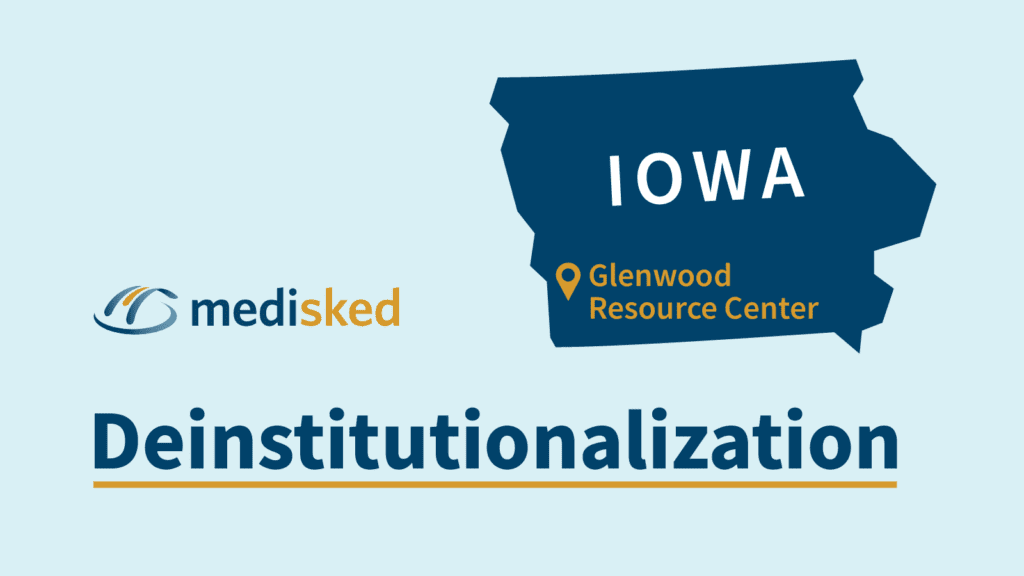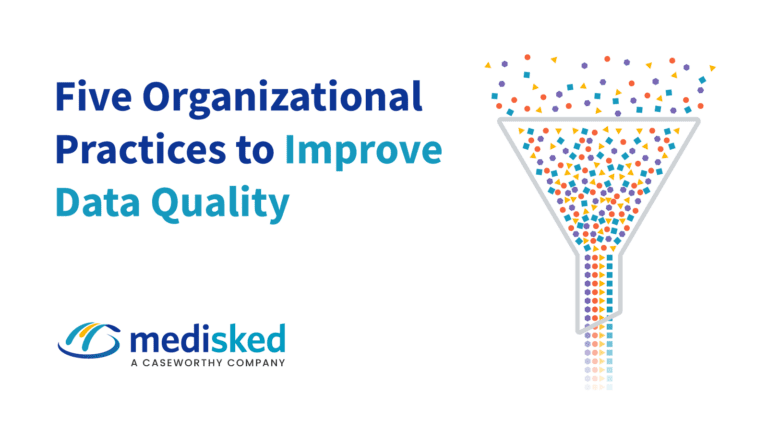State-run institutions were the norm for housing individuals with intellectual and developmental disabilities (IDD) for most of the 1900s. At its peak in 1967, there were 194,650 individuals residing in institutions across the United States.[1]
A major push to deinstitutionalize came about in the late 1960s and early 1970s when journalists began exposing the harsh realities of many institutions to the public. Currently, there are 11 states who have closed all of their state-run institutions. As of 2009, there were still 32,909 individuals residing in state-run institutions.[2]
The move to more integrated settings for people with IDD continues to this day. The “most integrated setting” is defined under the Americans with Disabilities Act (ADA) and the Supreme Court’s decision in Olmstead v. L.C., 527 U.S. 581 as “a setting that enables individuals with disabilities to interact with non-disabled persons to the fullest extent possible.”[3]
Let’s dive into Iowa, as the State is closing an institution and will thoughtfully move the residents into alternative housing with the necessary services and supports while actively building community.
About Glenwood
Glenwood Resource Center (Glenwood) is a state-run institution in southeast Iowa for individuals with intellectual disabilities that currently supports approximately 200 people. In 2020, the United States Department of Justice began an investigation which ultimately found that Glenwood violated the constitution because it “exposes Glenwood residents to unreasonable harm and serious risk of harm by subjecting them to uncontrolled and unsupervised experimentation, inadequate physical and behavioral health care and inadequate protection from harm, including deficient safety and oversight mechanisms.”[4] The state is required to help transition the current residents to services in the most integrated settings possible while also supporting them with engagement with their communities.
Transition to Integrated Settings
Dr. Tom Pomeranz is a nationally recognized authority, trainer, clinician, and consultant in the field of services for people with disabilities, as well as a long-time member of the MediSked Advisor Council. He has spent the past 55 years entrenched in this field and is actively working in Iowa on the closure of Glenwood and helping to transition the individuals who reside there into more integrated settings. Dr. Pomeranz believes,
“There are those who mistakenly are of the belief that the men and women moving from Glenwood Resource Center are moving to the community. The truth is one cannot move to the community. It is not a place that can be found. The community must be created! The community is relationships, connections, contributions, and having a presence. The community exists when one is missed by others when they are away. The community is created when one has a valued role to play in their community. As community providers, we have a significant challenge and a glorious opportunity before us. We must work diligently to ensure that the men and women leaving GRC will not merely be integrated but become part of the fabric of their community.”
Dr. Tom Pomeranz
Today the definition of institution does not just include large state-run residences. An institution-like setting can also be found in smaller group homes if they do not foster choice and independence. The National Council on Disability defines community living as, “by the extent to which people with [IDD] have a choice over how they spend their time, interact with others outside the home, and make decisions that affect their daily lives and schedules.”[5] The work being done in Iowa is vital to ensure that the former Glenwood residents are able to thrive in their new homes.
HCBS Final Rule
Creating opportunities for individuals with disabilities to live in the most integrated settings possible is a core goal of the Home and Community-Based Services (HCBS) Settings Rule. The HCBS Settings Final Rule was issued in January 2014 by the Centers for Medicare & Medicaid Services (CMS) and seeks to ensure that Medicaid-funded home and community-based services are provided to individuals in community settings rather than institutions.
The current deadline, which was extended due to the pandemic, for state compliance with the final rule criteria is March 17, 2023. Each state has been working closely with CMS on their Statewide Transition Plans to ensure compliance by the deadline. You can view the Statewide Transition Plan for your state on your state website.
[1] https://ncd.gov/publications/2012/DIToolkit/Institutions/inBrief
[2] Ibid.
[3] https://archive.ada.gov/olmstead/q&a_olmstead.htm
[5] https://ncd.gov/publications/2012/DIToolkit/Introduction#I1








